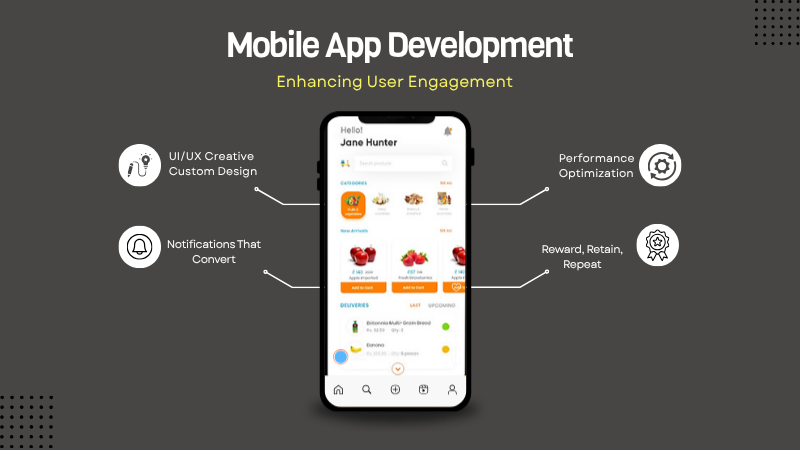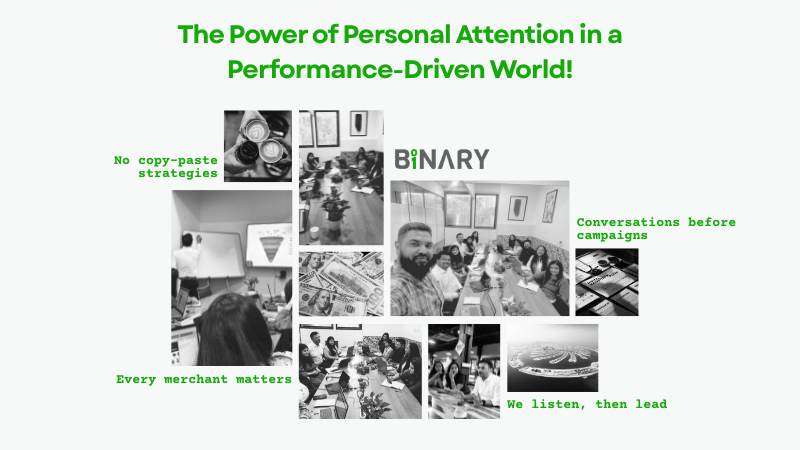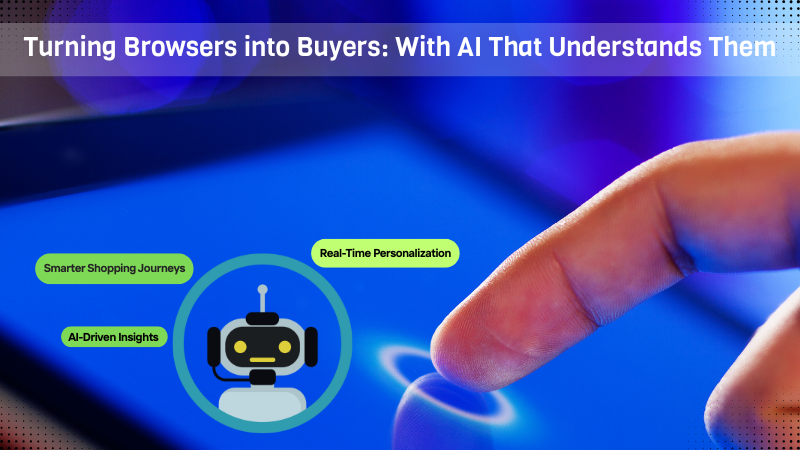In an era where D2C brands thrive on digital reach, responsiveness, and data-driven strategies, the challenge arises in translating these digital advantages into physical retail spaces. As offline retail gains allure, especially for digital-first brands, the focus is shifting towards creating brick-and-mortar environments that mirror the dynamism and innovation of their online counterparts.
Merging digital DNA with bick-and-mortar metrics
For D2C brands with a digital DNA, embracing physical retail requires more than just setting up a store. It involves adapting the metrics and behaviors that have made them successful online to the offline world. This means understanding and leveraging traditional retail dynamics while maintaining the edgy, interactive essence that defines them.
Digital-first brands are adept at utilizing instant data, responding to consumer behavior in real-time, and engaging customers through interactive content. Translating these capabilities into a physical store involves:
-
Interactive experiences: Just as digital platforms offer interactive content, physical stores can incorporate interactive elements like augmented reality (AR) displays, touchscreens, and experiential zones. These features can engage customers in ways that reflect the interactive nature of online experiences.
-
Dynamic environments: The energy and innovation of the digital universe can be replicated in-store through dynamic layouts, flexible merchandising, and real-time product updates. This approach ensures that the store remains vibrant and engaging, resonating with the fast-paced nature of digital interactions.
-
Data-driven insights: Leveraging data in physical retail means integrating analytics tools that monitor in-store behavior, track customer preferences, and optimize store performance. This approach allows brands to apply their digital expertise to refine the in-store experience, just as they do online.
Creating the Instagram-worthy retail space
To capture the essence of digital engagement in physical retail, brands should focus on creating spaces that are not only functional but also visually compelling. Here’s how:
-
Visual storytelling: Just as Instagram thrives on aesthetics, physical retail spaces should focus on creating visually striking environments that tell a story. This can be achieved through immersive displays, thematic decor, and attention-grabbing installations.
-
Social media integration: Encourage customers to share their in-store experiences by creating Instagrammable moments and interactive photo spots. This not only enhances the customer experience but also amplifies the brand’s reach through user-generated content.
-
Tailored experiences: Design the store to reflect the brand’s unique personality and values, offering personalized shopping experiences that align with the digital identity. This includes creating spaces that resonate with the target audience’s preferences and behaviors.
Conclusion
The evolution of brick-and-mortar retail for D2C brands involves a strategic blend of digital innovation and traditional retail metrics. By creating interactive, visually captivating spaces that reflect their online character, digital-first brands can bridge the gap between digital and physical worlds. Crafting the “Instagram of Physical Retail” is about making stores that are as engaging, responsive, and data-driven as the digital platforms that launched them. In doing so, brands can offer an enriched shopping experience that captivates and connects with consumers in both realms.

















